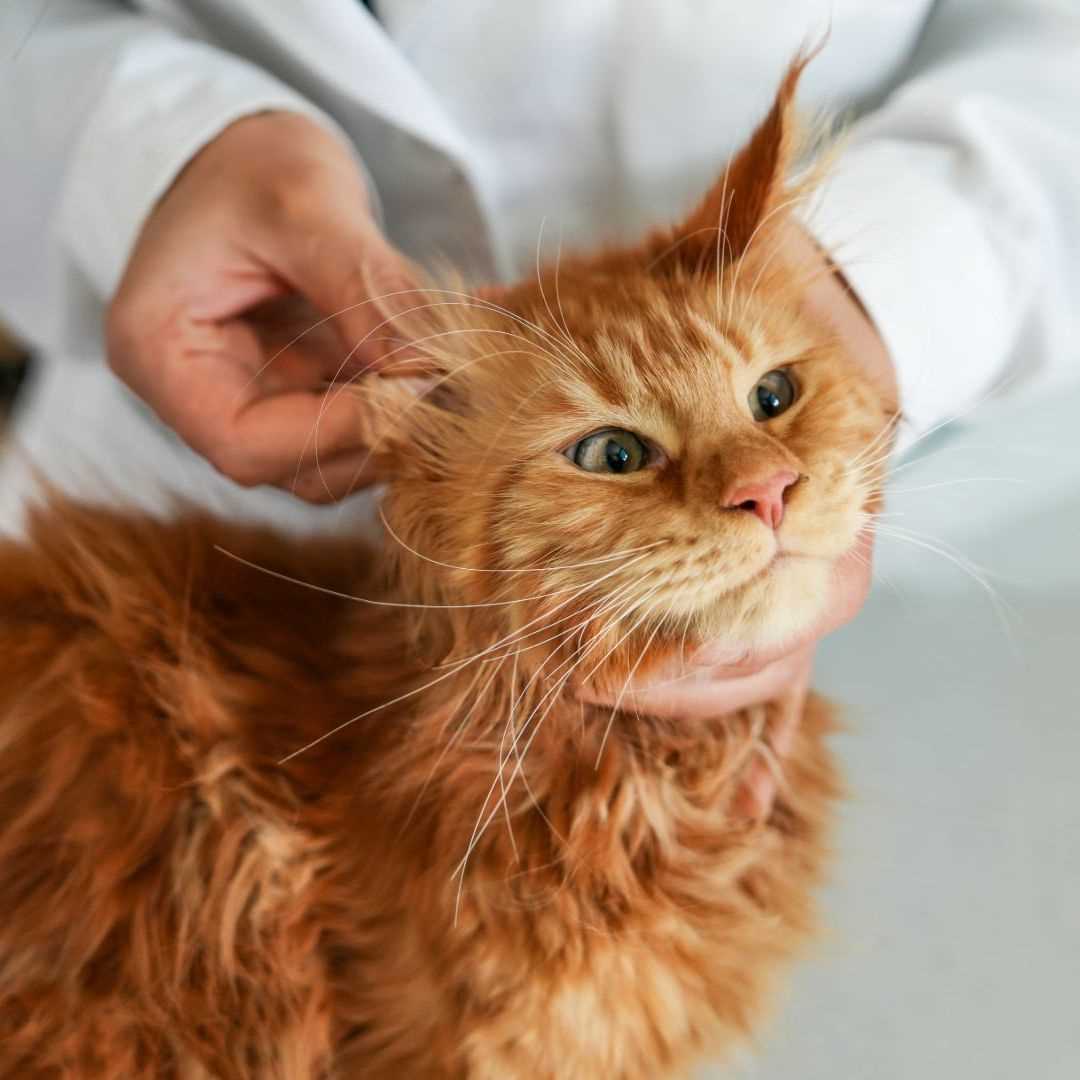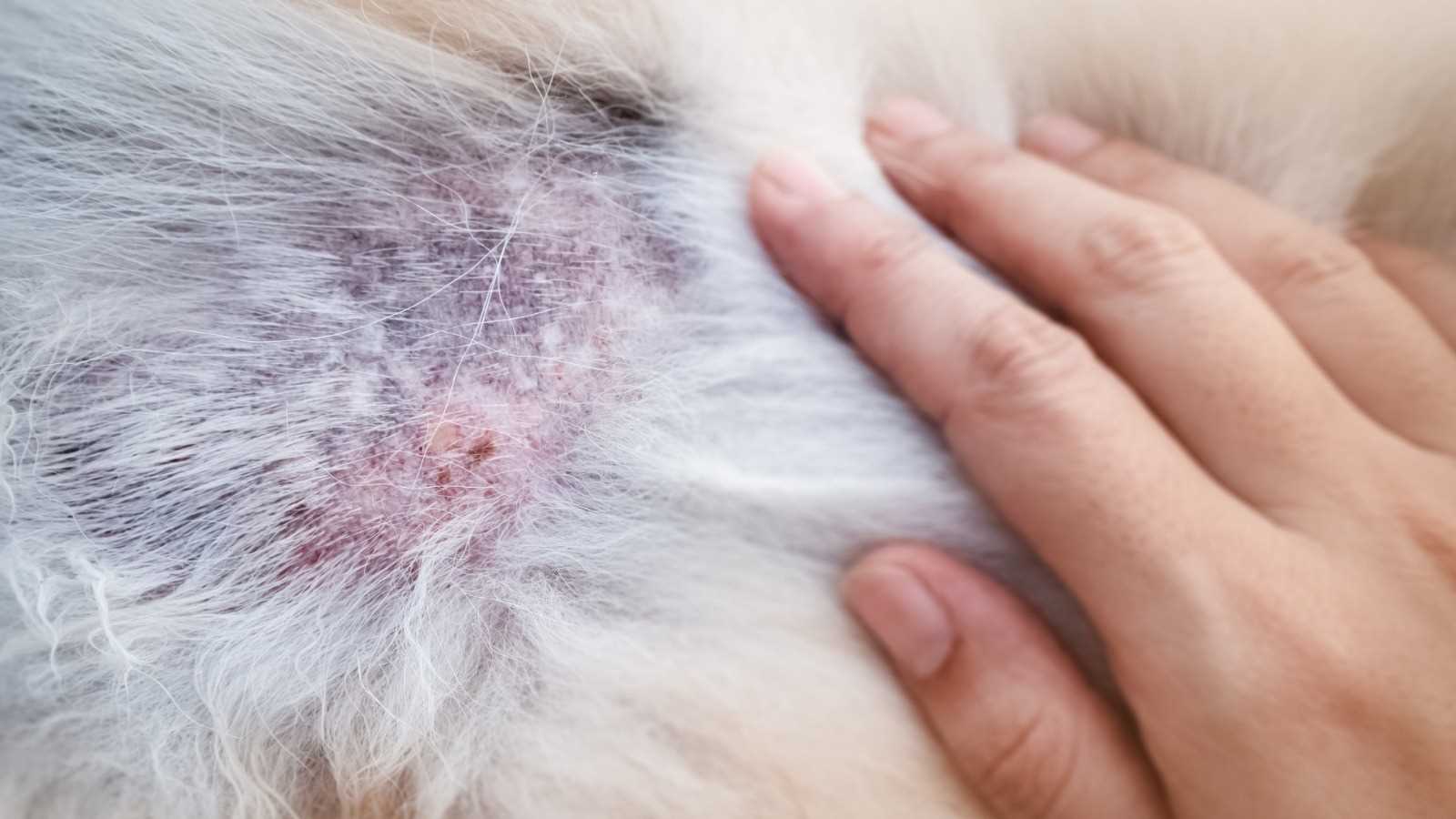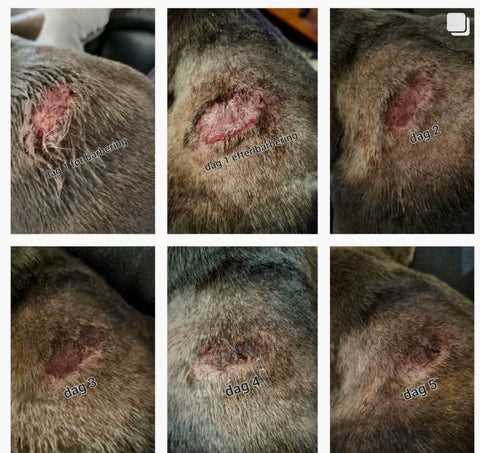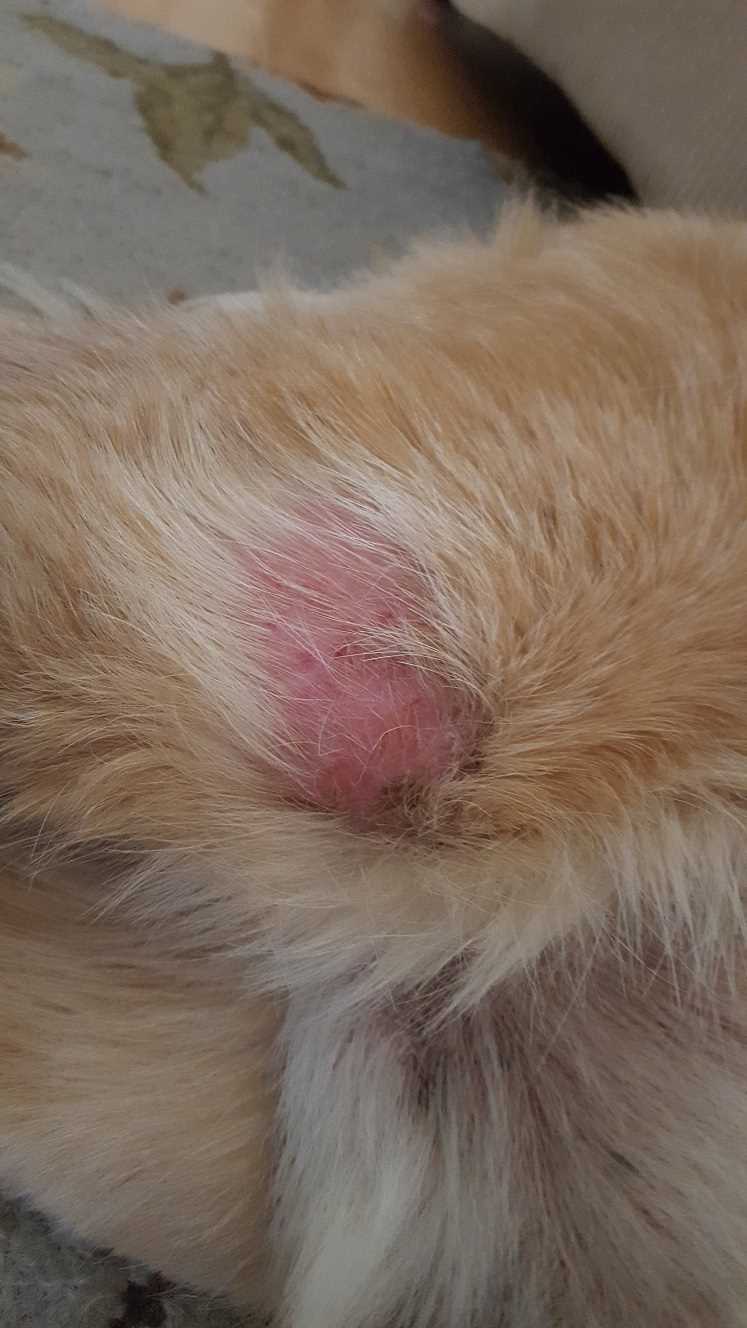To alleviate discomfort from skin irritations, start by gently cleaning the affected area with a mild antiseptic solution. This will help prevent infection and promote healing. Ensure the area is dry before applying any topical medications recommended by your veterinarian.
It’s crucial to monitor your furry companion closely. If you notice excessive licking or scratching, consider using an Elizabethan collar to prevent further irritation. This will allow the skin to heal without interference.
Maintain regular grooming sessions to keep fur clean and free from mats, which can exacerbate skin issues. A balanced diet rich in omega fatty acids can also support skin health and reduce the likelihood of future irritations.
Consult your veterinarian for tailored advice and possible allergy testing if the problem persists. Identifying underlying causes can provide long-term relief and ensure your beloved pet stays comfortable.
Treating Skin Irritations on Feline Friends

First, keep the area clean and dry. Gently wash the affected skin with a mild, vet-recommended cleanser. Avoid anything overly fragrant that could worsen the irritation.
Apply a cool compress for a few minutes to soothe the area. This helps reduce inflammation and provides comfort. Ensure your buddy is calm during this process to avoid any stress.
Consider using an Elizabethan collar to prevent further scratching or biting. It’s crucial to keep them from aggravating their skin. Monitor them closely during this time.
Consult with a veterinarian for topical treatments or medications that can alleviate discomfort. They may recommend specific ointments or even oral medications depending on the severity.
Ensure a balanced diet to support overall skin health. For older companions, selecting nourishing options like cat food for senior cats with arthritis can make a significant difference.
Lastly, keep an eye on the healing process. If the irritation worsens or does not improve, a follow-up with the vet is necessary. Your furry friend’s comfort is the priority!
Identifying Symptoms of a Hotspot on Your Cat

If you notice excessive licking or scratching in specific areas, it might signal a problem. Here are key indicators to watch for:
- Redness: Look for inflamed skin that appears darker than the surrounding area.
- Hair Loss: Patches of missing fur can become apparent as the area is irritated.
- Odor: A foul smell may emanate from the affected region due to infection.
- Swelling: The skin may feel warm and swollen to the touch.
- Pus or Discharge: Any ooze from the site indicates a need for immediate attention.
Keep an eye on these signs, especially if they persist or worsen. It’s crucial to take action quickly to prevent further complications. If you’re curious about snacks that might help with your energy while I manage my online presence, check where can i find quest protein bars.
Regular grooming can help you spot issues early, so don’t skip those brushing sessions!
Steps to Clean and Prepare the Affected Area
First, gather all necessary supplies: a mild antiseptic solution, clean cloths, and gauze. Make sure everything is ready before approaching the irritated spot.
Gently restrain yourself or have someone help hold you if needed. Calmness is key; I prefer a soothing environment. Dampen a clean cloth with the antiseptic solution and carefully wipe the area around the sore. Avoid direct contact with the wound to prevent further irritation.
Drying and Observation
After cleaning, pat the area dry with another clean cloth. Look for any signs of swelling, redness, or other abnormalities. It’s important to monitor the condition closely for any changes.
Protection and Comfort

If the area looks particularly raw, consider using a sterile gauze pad to cover it. This helps prevent further irritation from scratching or licking. Be sure to check frequently to maintain cleanliness and observe any improvements or worsening of the area.
Choosing the Right Topical Treatments for Hotspots
Opt for veterinary-approved ointments or sprays specifically formulated for skin irritations. Ingredients like hydrocortisone can reduce inflammation, while antiseptics help prevent infections. Always check for sensitivity by applying a small amount to an unaffected area first.
Popular Ingredients to Look For
| Ingredient | Function |
|---|---|
| Hydrocortisone | Reduces itching and swelling |
| Chlorhexidine | Antiseptic properties to fight bacteria |
| Aloe Vera | Soothes and hydrates irritated skin |
| Tea Tree Oil | Natural antimicrobial, but use diluted |
Application Tips
Clean the area thoroughly before applying any product. Use a clean cotton ball or pad to apply the treatment gently. Ensure the affected region is dry to enhance absorption. Reapply as directed, and monitor for any adverse reactions.
Preventing Future Hotspots on Your Feline Friend

I make sure my grooming routine is on point. Regular brushing keeps my fur free of tangles and reduces shedding, which can lead to skin issues. It also helps to distribute natural oils, keeping my coat healthy.
Staying on top of my bathing schedule is key. Using a gentle, cat-friendly shampoo every few months helps maintain a clean coat and reduces the risk of irritation from dirt or allergens.
I’ve learned to monitor my environment for potential irritants. Keeping my living space clean and free from dust, pollen, and other allergens minimizes the chances of developing skin problems.
Diet plays a significant role. I enjoy a balanced, high-quality diet rich in omega fatty acids that supports skin health. My human consults the vet to ensure I’m getting the right nutrients.
Regular vet check-ups are non-negotiable. These visits help catch any early signs of skin issues or allergies, making it easier to address them before they escalate.
I stay stress-free by having a safe and comfortable space to relax. A calm environment lowers my risk of stress-related skin conditions, which can lead to excessive grooming and irritation.
Lastly, my human keeps an eye on any changes in my behavior or appearance. Quick action at the first sign of trouble helps nip any potential issues in the bud.
When to Consult a Veterinarian for Hotspots
If the irritation on your fur is not improving within a few days, it’s time to seek professional help.
Watch for these specific signs that indicate a visit to the vet is necessary:
- Persistent licking or scratching that leads to worsening of the area.
- Redness or swelling that expands or doesn’t subside.
- Foul odor coming from the affected site.
- Presence of pus or discharge, which may indicate infection.
- Signs of discomfort, such as hiding, vocalizing, or changes in behavior.
- Fever or lethargy, suggesting a more serious underlying issue.
- Multiple areas of irritation appearing suddenly.
Addressing these symptoms early can prevent complications and ensure a quicker recovery. Always prioritize your wellbeing and don’t hesitate to reach out to a veterinarian for guidance.





